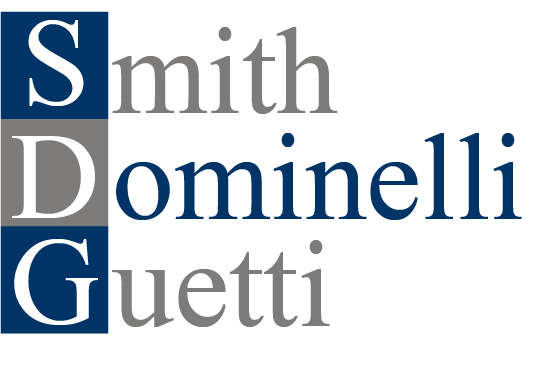Plaintiff in a Storm in Progress Legal Malpractice Action Must Prove Success in Underlying Action
In a legal malpractice action, the plaintiff must show he or she would have prevailed in an underlying action “but for” the lawyer’s negligence. Basically, this means that if the claimed legal malpractice has to do with the loss of potential recovery from a law firm’s handling of a personal injury action, in order to be successful, the plaintiff has to essentially prove the underlying cause of action was viable and plaintiff would have prevailed in that action.
In 2008, the plaintiff, a security guard, was injured when he slipped and fell on ice outside the building during a snowstorm. Although plaintiff retained the defendant law firm within a few months of the accident, the firm failed to commence the action to until just prior to the end of the three year statute of limitations, the time period in which a personal injury case can be started.
As one could expect in a story like this, the law firm commenced the action against the wrong defendant, who had the complaint dismissed for lack of personal jurisdiction, since the limited liability company that was sued dissolved one year prior to the accident and did not own the building at the time.
Plaintiff then commenced a legal malpractice action against the defendant law firm for failing to commence the action timely against the proper defendant. After discovery in the malpractice action, defendants moved for summary judgment dismissing the complaint on the basis that the underlying action was not viable under the “storm in progress” rule. The Supreme Court denied the motion, and the defendants appealed.
Under the “storm in progress” rule, a property owner will not be held liable for accidents occurring as a result of the accumulation of snow or ice on the premises until an adequate period of time has past following the cessation of the storm to allow the owner an opportunity to address the hazards caused by the storm. If, on the other hand, the storm is ongoing and a property owner elected to remove snow, the owner must do so with reasonable care, or it could be held liable for creating a hazardous condition or exacerbating a natural hazard created by the storm.
In this case, the defendant law firm submitted the deposition testimony of the plaintiff and the building’s doorman, as well as the affidavit of a meteorologist and certified climate data. The submission showed that there was a storm in progress at the time of the accident, there was no pre-existing ice on the ground with the storm commenced, and the property owner did not create or exacerbate an allegedly dangerous condition created by the storm in progress.
The Court held that this was sufficient for a finding that the storm in progress rule was applicable, which shifted the burden to the plaintiff to show that it was something other than the precipitation from the storm in progress that caused the accident. Plaintiff was unable to do so, and therefore the action should have been dismissed. See Blair v Loduca, 2018 WL 3863363, 2018 N.Y. Slip Op. 05744 (2nd Dept. 2018).
The defendant law firm, breathing a collective sigh of relief, escaped liability for malpractice because the underlying premises liability action was a poor one. Although pure speculation, it is likely that that was the reason the action was never commenced timely in the first place. If there was a lesson here, it would be that if the firm knew there was a storm in progress issue, it should have simply informed the plaintiff of that fact in the first place and sent him on his way.
